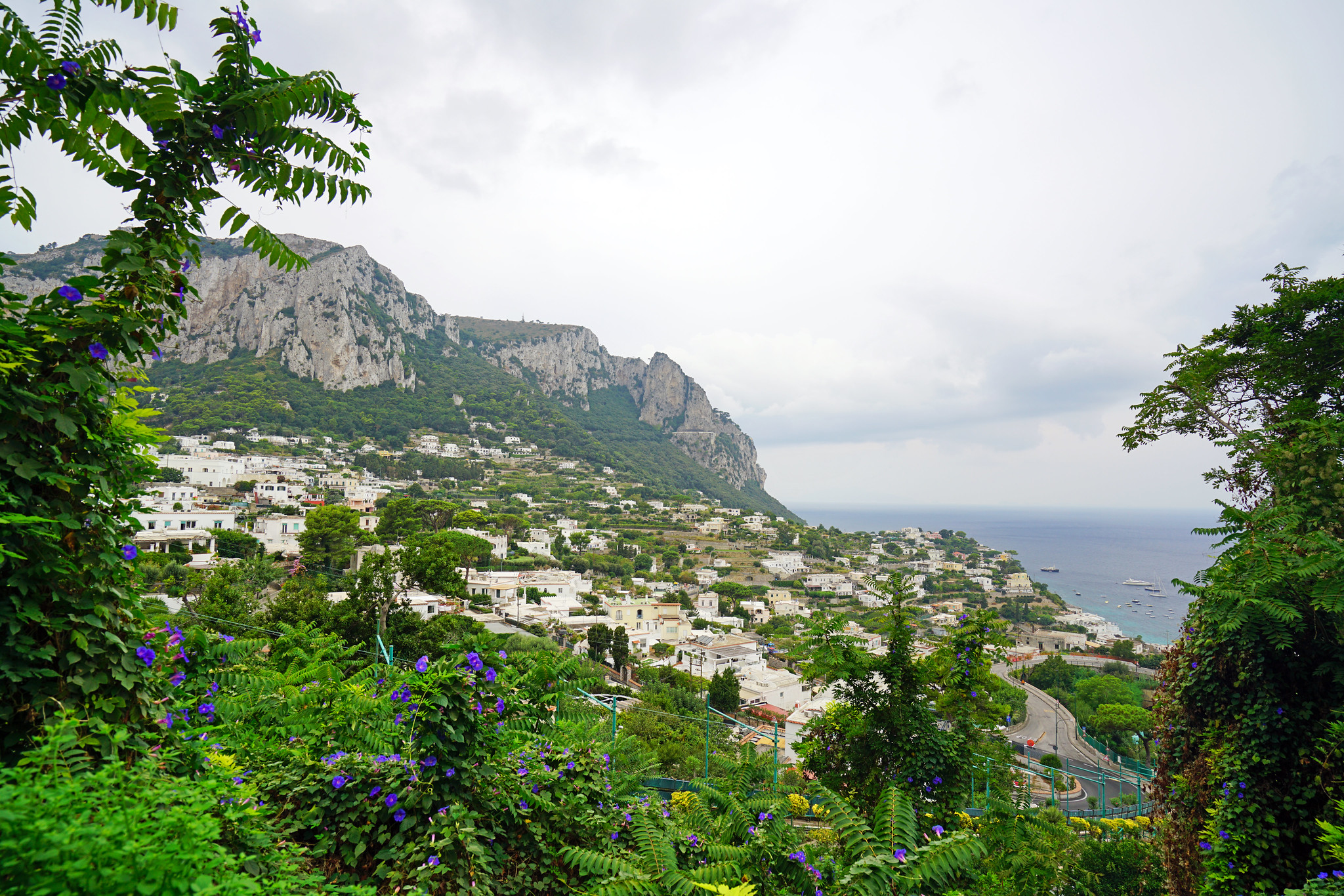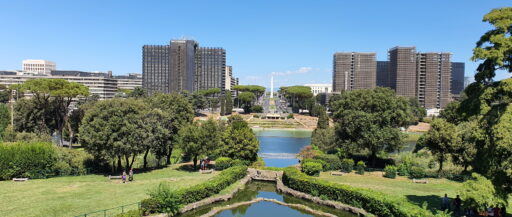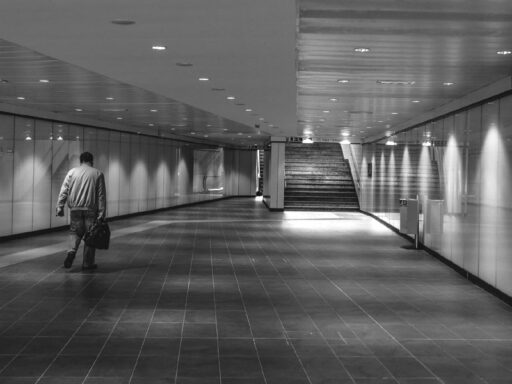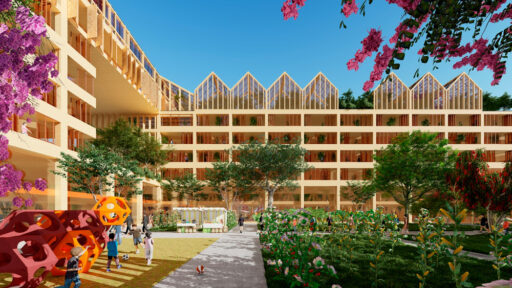Genius loci
The urban design approach based on sensitivity to the environment and culture of the place

What we talk about today when we talk about genius loci
During his university years, there comes a time when the future designer is asked to investigate the ‘genius loci’, from the Latin for ‘spirit of place’.
Christian Norberg-Schulz in Genius Loci. Paesaggio Ambiente Architettura, published in Italy in 1979, he was among the first to recover this term linked to the Roman cult and referring to a natural and supernatural entity linked to a place, to indicate all those meanings gathered by the place, in some way approaching those design approaches theorised and implemented by Saverio Muratori and Gianfranco Caniggia.
Norberg-Schulz here speaks of meanings, not just traces or signs, because by these he means everything that such tangible or intangible traces or signs evoke in us. He also adds, speaking of character, that it is determined by the way things are and offers a basis for the study of the concrete phenomena of everyday life. Only through the search for such characters is it possible to grasp the Genius Loci.

Over time, the Genius Loci has taken on a breadth to identify a phenomenological approach to the study of the environment, partly losing that romantic aspect linked to the evocation of something in the designer’s soul.
Investigating the Genius Loci today therefore implies identifying, however complex, the numerous interactions that take place in places: interactions that concern the socio-cultural, architectural, language and habitual characteristics that characterise a place, an environment, a city. Analysing a place in order to search for the Genius Loci today, and thus discover its character, means understanding in depth the interactions between environment and man, it means studying the socio-cultural characteristics of the place, the historical and anthropological aspects, as well as the physical aspects, in order to create interventions capable of generating positive impacts on the environment in which they are inserted.
In the most current approaches to urban design, despite the fact that we hear less and less about Genius Loci, we can still say that it identifies a particular design posture that invites us to follow a research methodology that often goes beyond the built environment, rightly trying to give voice to the complexity of which territories are the mouthpiece.
Among the indispensable actions to best understand the Genius Loci, there is certainly a good analysis of the context: studying its historical evolution, the morphology of the landscape, existing settlements, recurring architectural types, traditions and culture of the place. In the analysis phase, it will also be necessary to study the environmental, social and economic aspects of the places in order to study solutions that can sustain themselves economically and socially, without creating negative impacts on the contexts.
It will also be fundamental not to place oneself outside the analysis space, perceiving oneself as a deus ex machina capable of solving any design challenge, but to participate in the community and at the same time make it a participant within the design processes, informing and training it in such a way that it is able to formulate innovative and shared design solutions.
To summarise, talking about Genius Loci today, within urban design, means taking care of analysis and research, listening and enabling those with knowledge of the territory to express points of view, ideas and to narrate the territory itself.
Let us summarise some guiding principles for the genius loci approach to urban design:
Context analysis: Understand the place where you are planning, studying its history, geography, existing architecture, culture and traditional uses. This analysis phase helps to identify the strengths of the place and the challenges that could influence the project.
Respect for local identity: Enhance and preserve the distinctive elements of the place, such as historic buildings, significant public spaces, natural landscapes and cultural traditions. This approach aims to avoid the creation of homogeneous places that could homologate to other contexts without having a real identity.
Community participation: Actively involve the local community in the decision-making process. Understanding the needs and wishes of local inhabitants helps to create more meaningful and sustainable projects over time.
Sustainability: Consider the environmental and social impact of design choices. Using local resources, promoting sustainable mobility, integrating green spaces and adopting eco-friendly technologies are just some of the aspects that can contribute to the sustainability of a project.
Adaptability over time: Create spaces that can adapt and change over time, responding to the changing needs of the community. Flexibility is an important feature to ensure the longevity and relevance of the project over the years.
To sum up, the genius loci approach to urban design is based on sensitivity to the environment and culture of the place, seeking to create authentic and meaningful spaces that integrate perfectly with their context.









































































